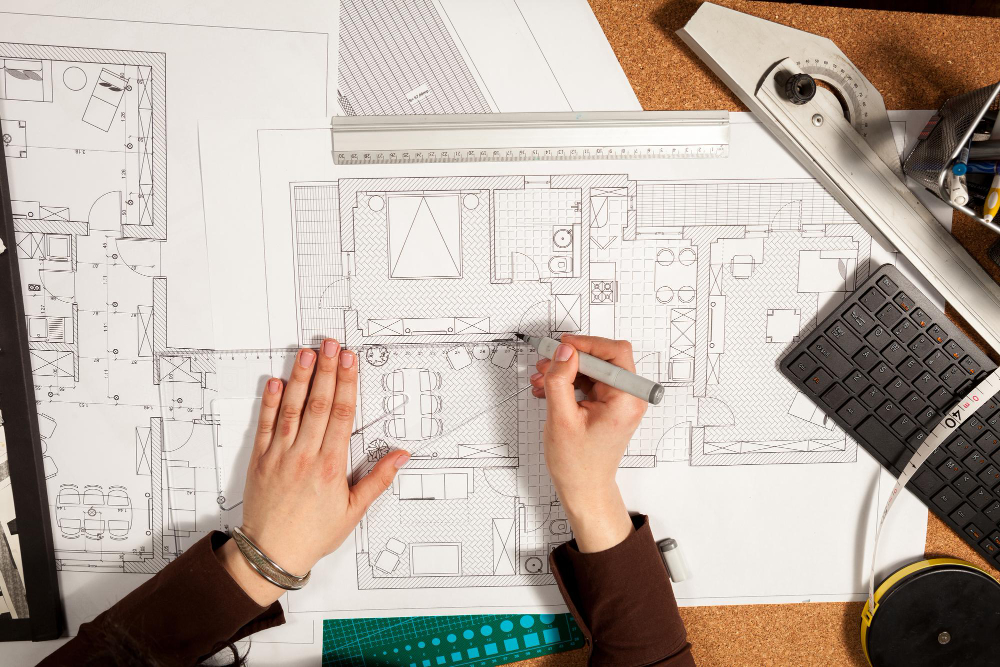

Here is a general overview of the process:
- Education
- Experience
- Examination
- Licence
Education
A professional degree in architecture is required in Canada to become a licensed architect. You can earn a Bachelor of Architecture (B.Arch) or a Master of Architecture (M.Arch) degree from a recognized Canadian university.
An alternative way to become an Architect is through the “apprenticeship” offered through the RAIC Syllabus Program.
Experience
After completing your degree, you’ll need to complete a period of supervised work experience. This is typically done through an internship or work placement program. The exact number of hours required varies by province, but it’s typically around 3,720 hours (approximately two years of full-time work).
Examination
The next step is to pass the Examination for Architects in Canada (ExAC). The ExAC is a national examination that tests your knowledge of Canadian architectural practices, building codes, and standards. It’s typically taken after completing the required work experience.
Licence
Once you’ve completed your work experience and passed the ExAC, you can apply for licensure with the architectural licensing authority in the province or territory where you plan to work. In Canada, each province and territory has its own regulatory body for architects, such as the Ontario Association of Architects. You’ll need to meet their specific requirements for licensure, which may include additional exams or interviews.
Once you’ve obtained your license, you’ll need to renew it regularly and complete continuing education requirements to stay up-to-date with changes in the field.
Note that the exact requirements for becoming an architect in Canada can vary by province and licensing authority. Be sure to research the specific requirements for the area where you plan to work.
